On Wednesday the scout caught the train to Honiton and after immersing himself in an old-fashioned hardware store on High Street, he climbed out of the town along a quiet back lane onto the plateau.
At Dunkeswell Aerodrome, opened as R.A.F. Dunkeswell in 1943, he came upon a raft of grounded banana vans.
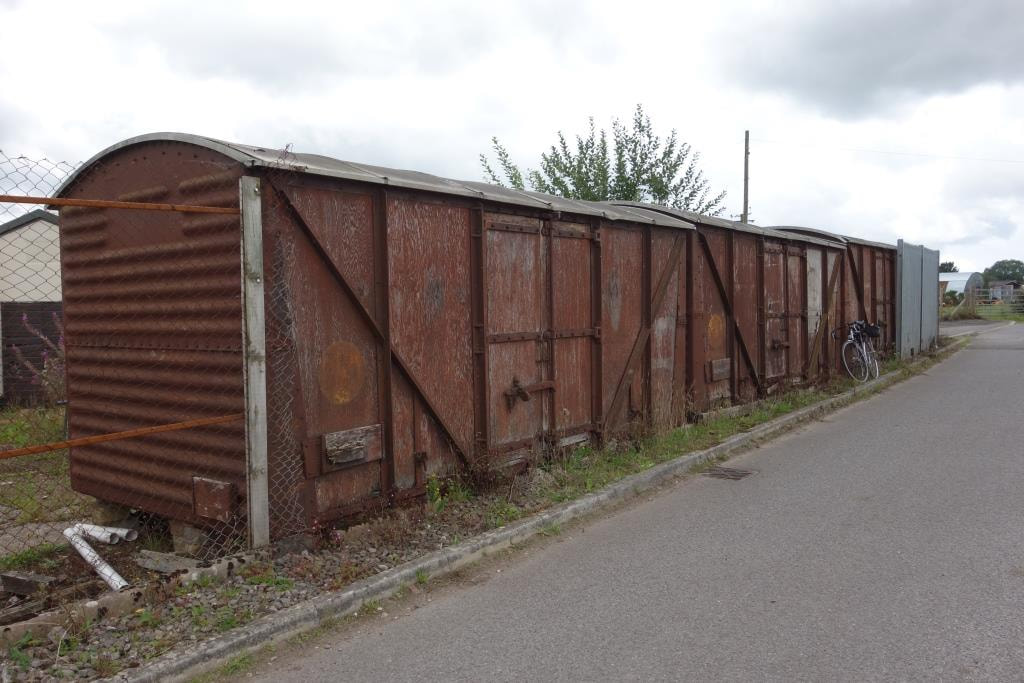
A wonderful view of the Culm Valley was had before hurtling down the hill into Hemyock, where the scout ate lunch while watching a bowling team setting up for a match. The station site was closed, the purpose of which was unclear. However, locals were using the riverside path so the scout followed them.
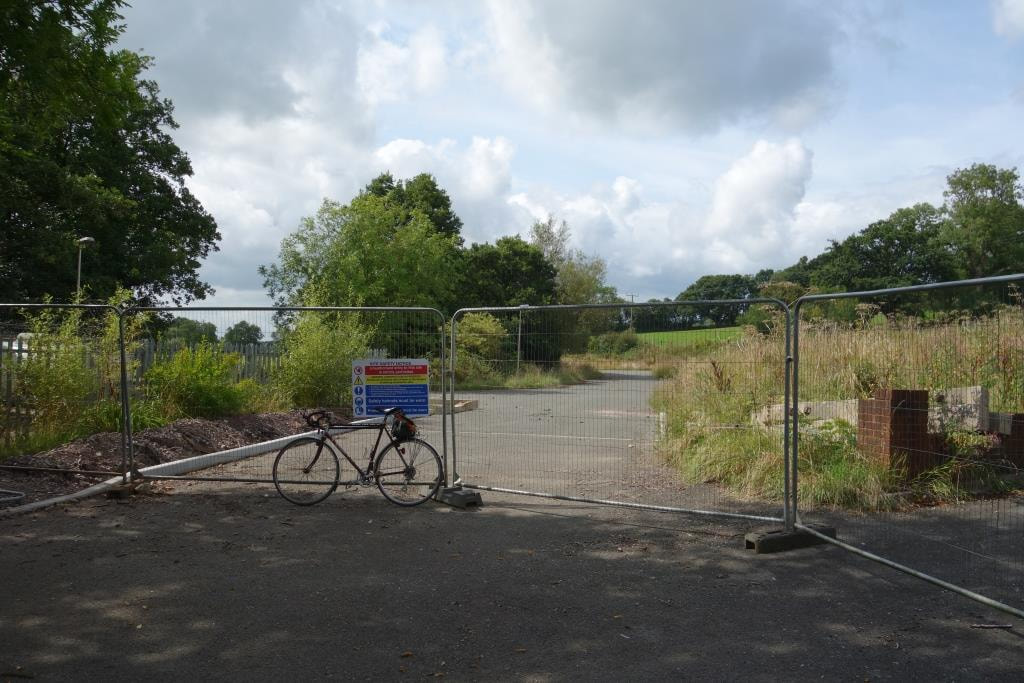
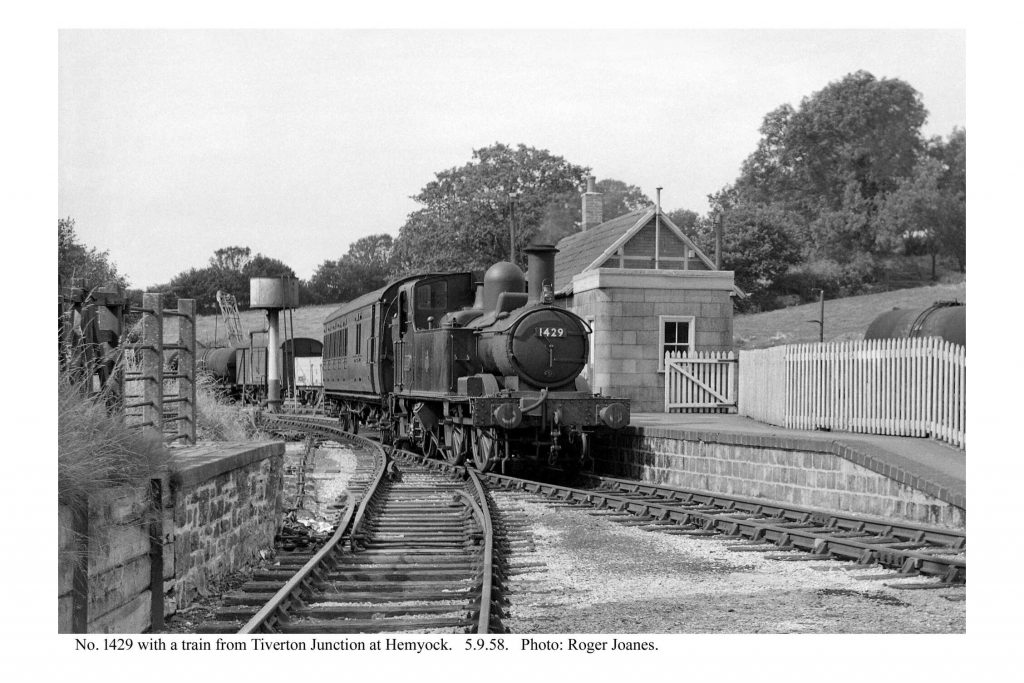
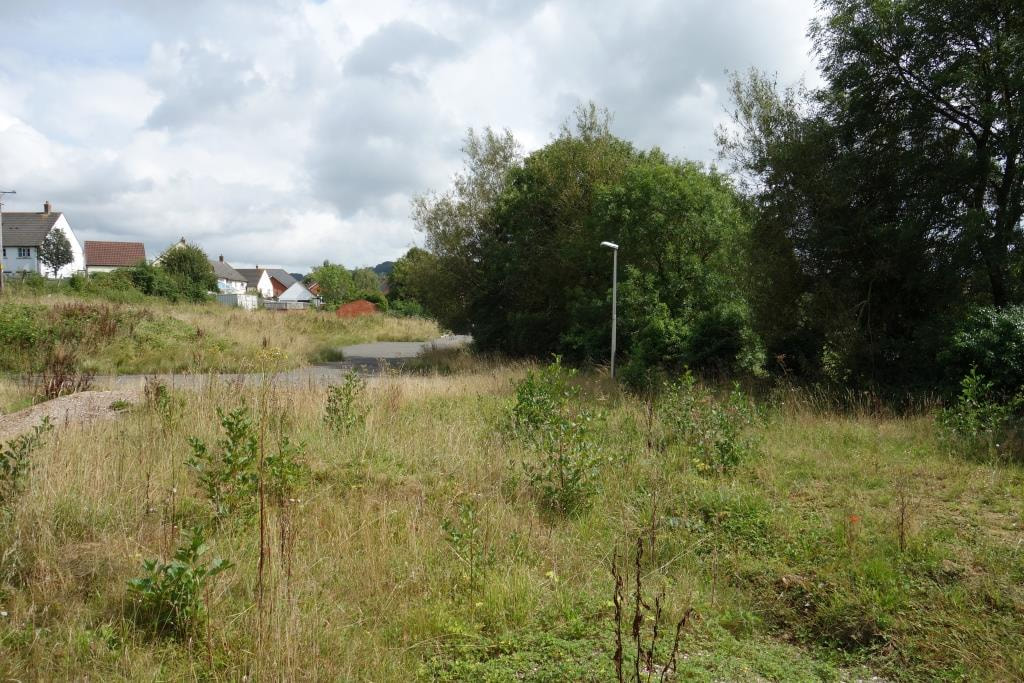
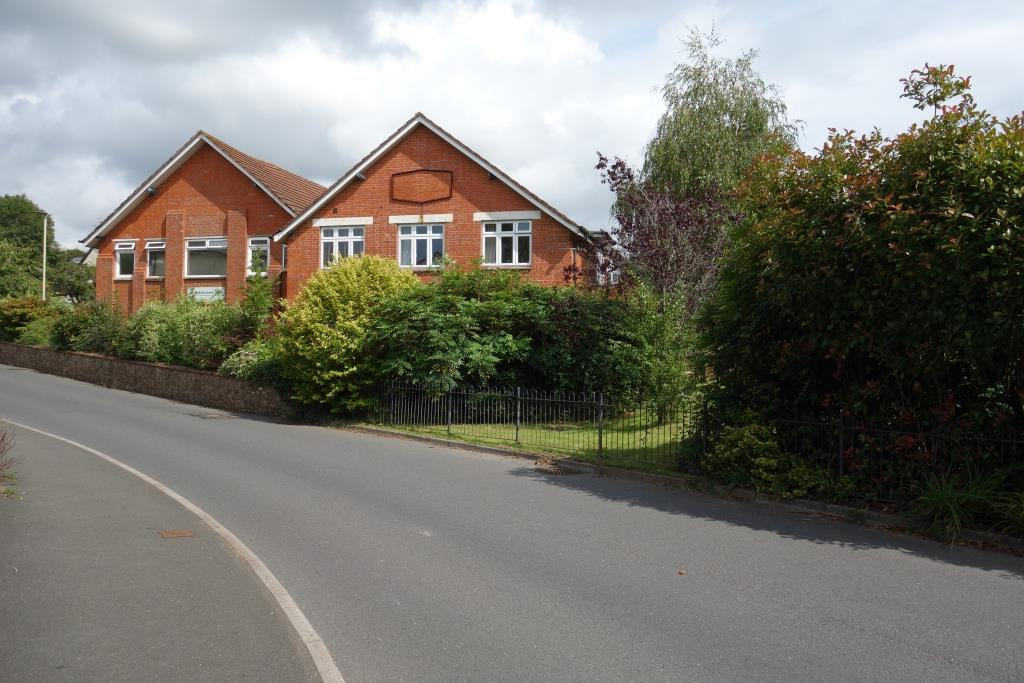

The remaining dairy building, housing the offices now used by the Blackdown Hills A.O.N.B. Partnership, still carries a steel frame in the shape of the St. Ivel badge. One line passed across the road and ran to the right of this building; another crossed the road further to the right; the scout remembers seeing them in 1974 or ’75, before the branch was closed. St. Ivel Gold and Utterly-Butterly were once produced here.
One of the area’s most famous sons is Amyas Crump, the well-known railway historian. His father was manager here for many years and resided in this building. Among Amyas’s many remarkable finds was the original Hemyock engine shed.
Then the scout climbed up to the Blackdown ridge from where a great expanse of Tone Vale can be seen.
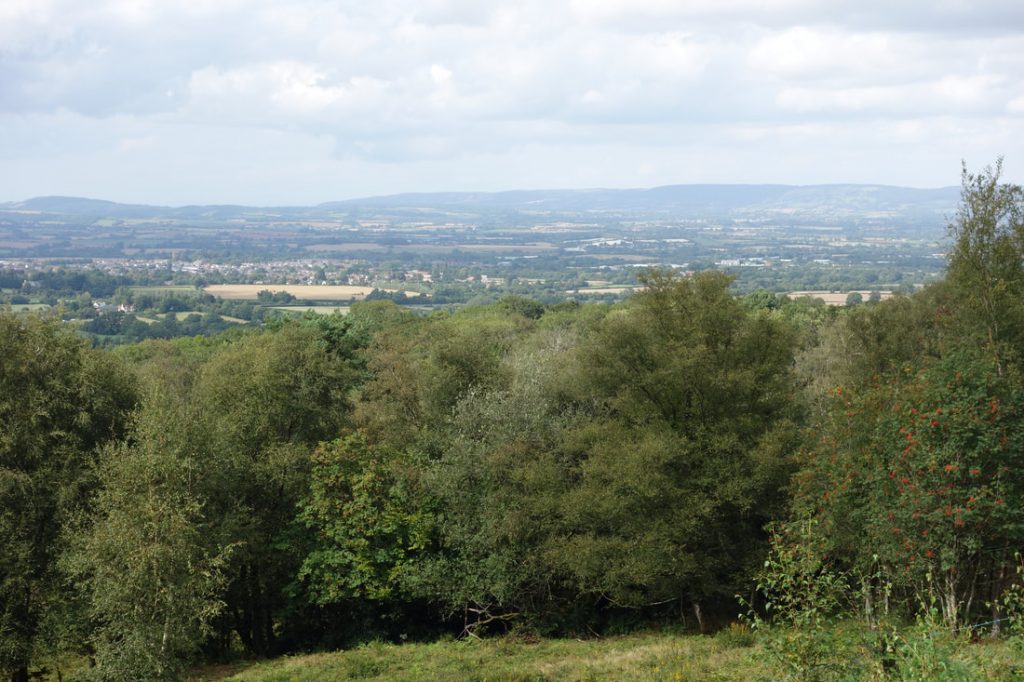
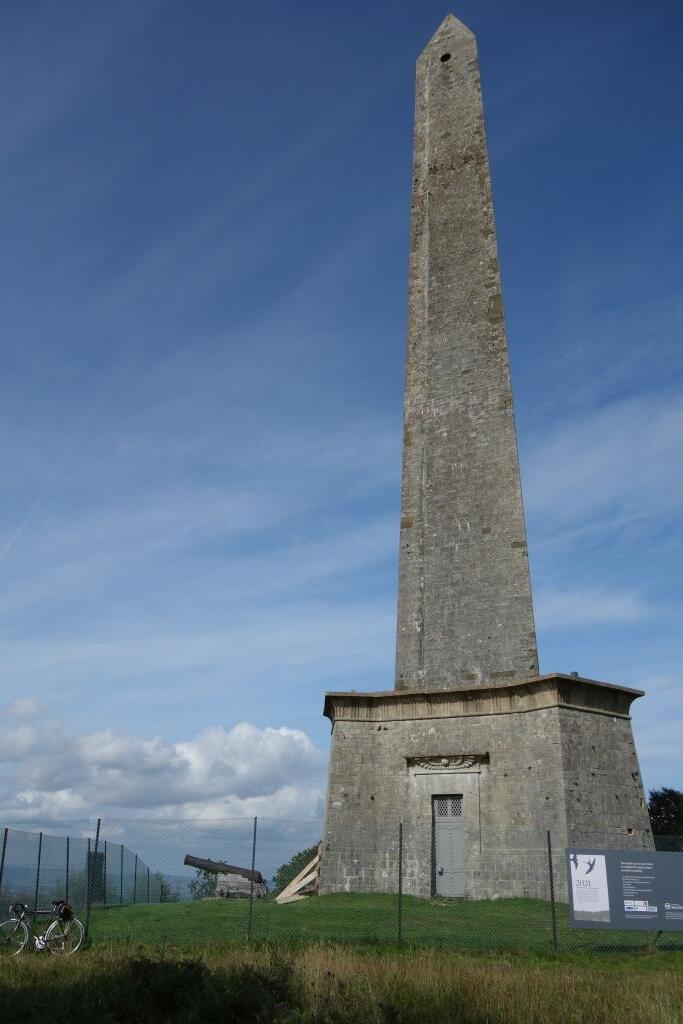
Then the scout meandered through Wellington, Poole and the back lanes via Victory Crossing into Taunton (43 miles), where he was robbed of £4.45 for a cup of tea and a marshmallow in the wretched Upside Starbucks.
His first ride in a Hitachi followed, about which he had nothing to say.
